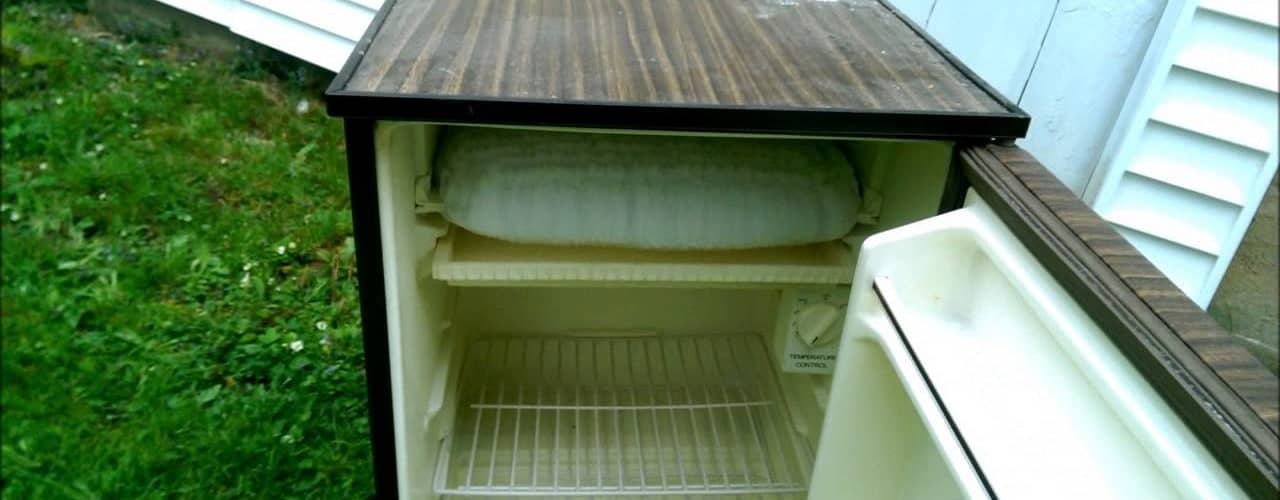Though most modern refrigerators do not require defrosting, many older and even some new models may require defrosting. These types of refrigerators can accumulate large, heavy ice deposits on the freezer compartments. These ice deposits can even spill over into parts of the actual refrigerator. Defrosting a refrigerator can reduce damage such as cracks in the plastic or damage to parts, such as the door, caused by these ice deposits. A freezer door that has accumulated a lot of ice, for example, can cause the refrigerator to lose its ability to cool and wastes energy.
Refrigerators that accumulate ice build up should be defrosted at least once a year. Try not to allow these ice chunks to build up more that ¼ of an inch. If you continue to notice large ice build ups, you should defrost more often.
Before defrosting your refrigerator, dispose, consume, or place all perishable goods, such as meat and dairy products, in a cooler. The defrosting process usually takes 5 to 8 hours so plan accordingly.
After removing all contents of the refrigerator, turn the temperature down to 0 or on off depending on the make and model of the refrigerator. You do not have to unplug your refrigerator; unplugging the refrigerator will turn off the inside light which you may want on to see when cleaning. Remove any shelving, if possible, and clean them. Open the door or doors, depending on the make, of the refrigerator, allowing the warmer aid to help quicken the defrosting process. Wait approximately 1 to 2 hours for the ice to melt inside the refrigerator.
Be sure to have old towels available; as the ice begins to melt, use the towels to absorb any water. If you do not adequately absorb the water, your kitchen may flood. You can remove larger ice chunks that have separated from the refrigerator by hand. After the ice begins to separate, you can use a metal spoon or butter knife to pry some of the ice away. Do not use sharp knives or scissors as these may cause damage to you or your refrigerator. Do not use any electrical devices such as hair dryers to help defrost your refrigerator; these can damage the plastic interior of the refrigerator and can even cause shock damage.
Once all the ice has been removed or melted away, you can begin to clean the inside of your refrigerator. Do not use any ammonia-based products or harsh abrasives; instead, try a mixture of cold water and mild soap. Use a sponge with the mixture and wipe down the inside of the refrigerator. After, drip a fresh sponge into clean water to wash away any soap residue. Dry with clean towels or paper towels and leave the refrigerator door open for approximately 30 minutes to an hour to allow enough drying time.
Once dry, put the shelves back into place and turn your refrigerator on and returning it to the normal cool setting. Be sure to restock your cold item into your newly defrosted and clean refrigerator.



